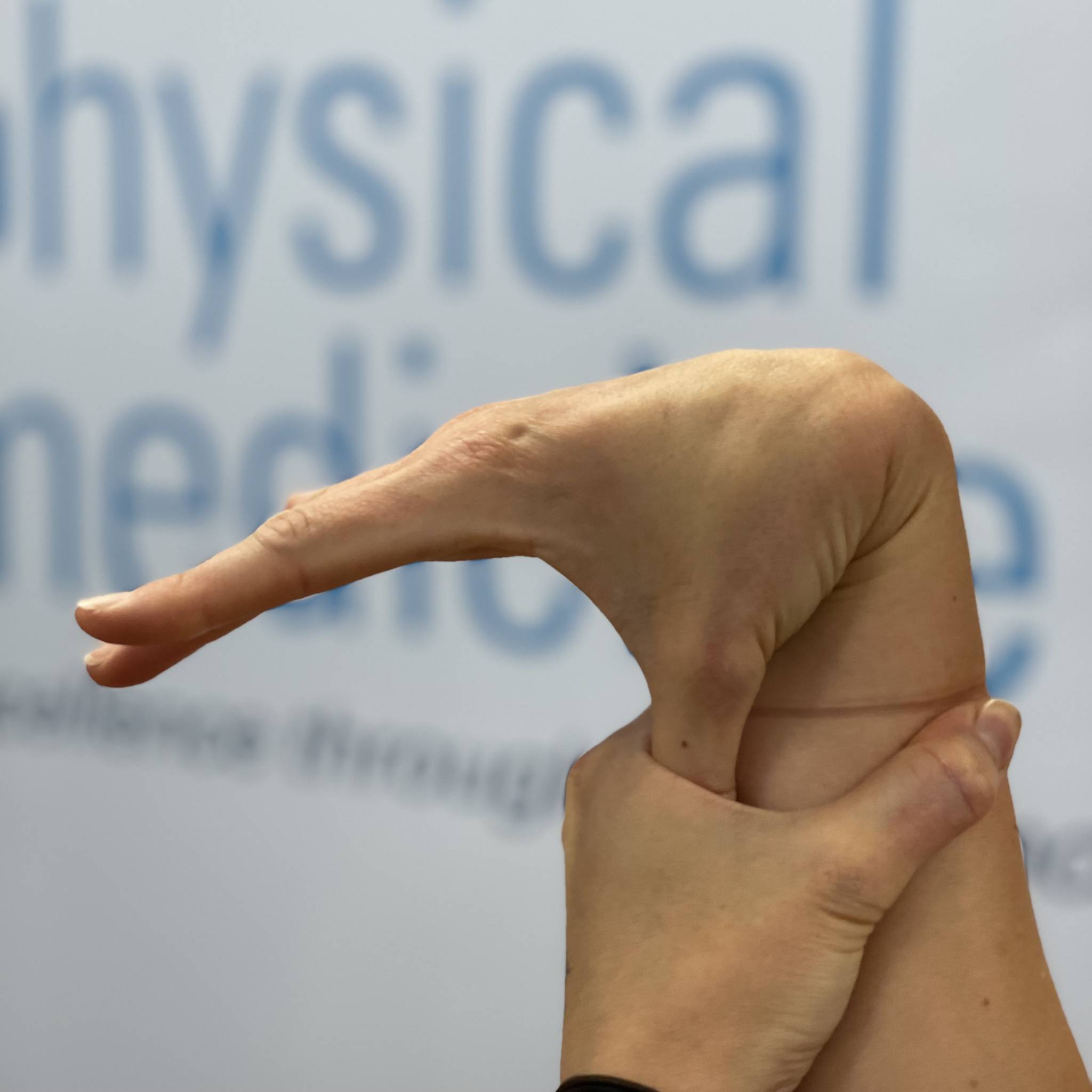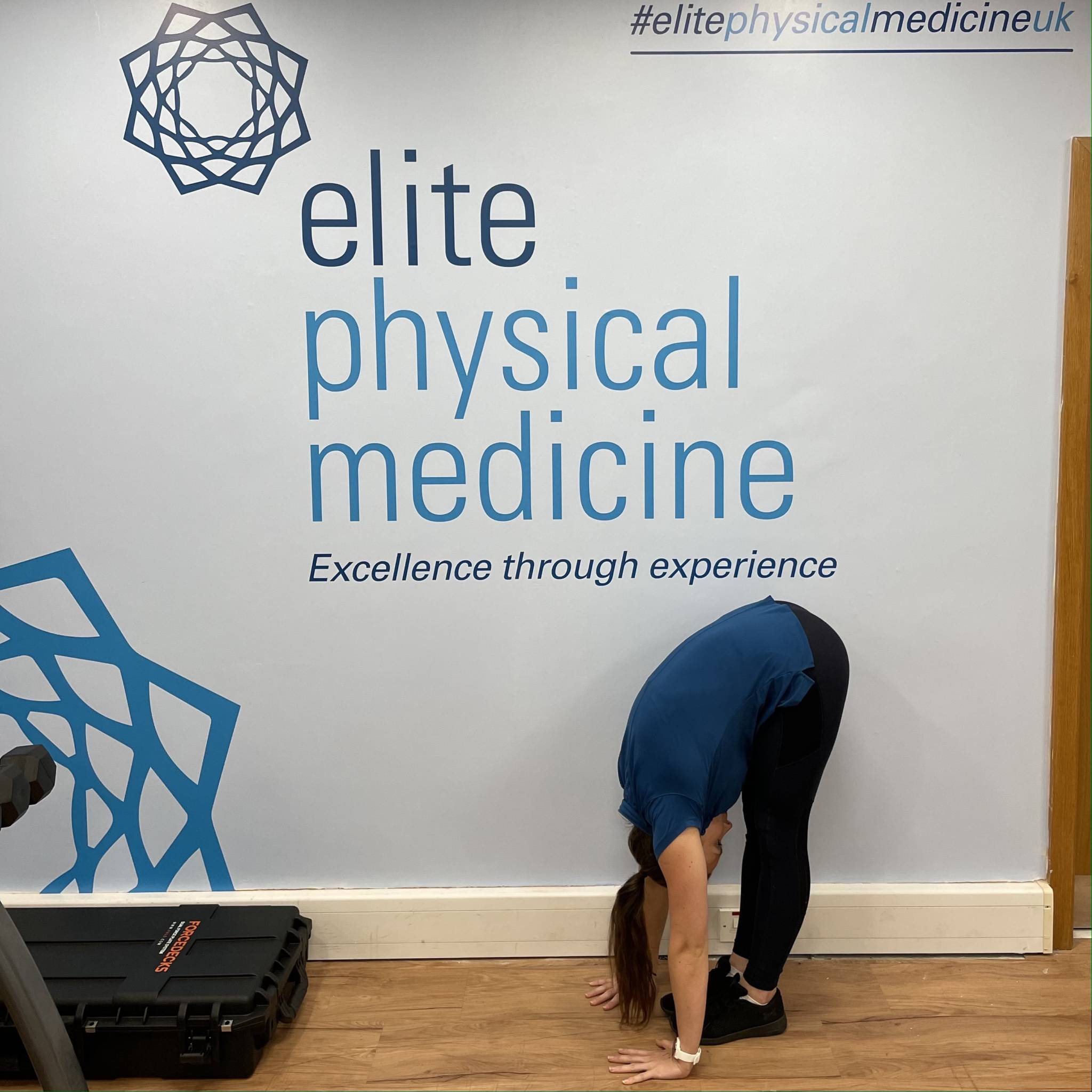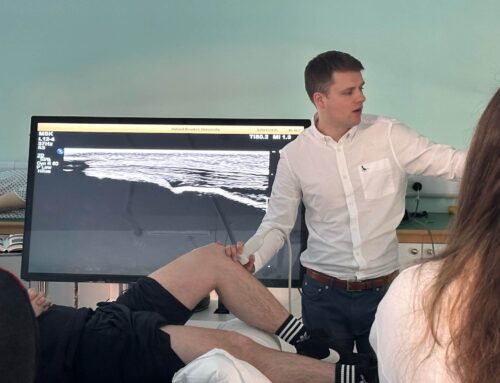Hypermobility
Written by: Gabrielle Jackson
Description
Joint hypermobility is a term used to describe a joint or joints which have the capability to move beyond the ‘normal’ available range. Hypermobility is a description, not a diagnosis. It can be useful in diagnosing joint hypermobility disorder, such as Eherlos Danlos Syndrome which is a connective tissue disorder and requires expert management. Many hypermobility disorders exist and are often congenital and often involve multiple joints.
Some individuals may have ‘localised joint hypermobility’ which refers to a singular joint having an increased range of movement and this is often nothing to worry about and rarely causes problems. Generalised joint hypermobility indicates multiple joint involvement and is often associated with higher risk of joint injures, especially among sporting individuals and the paediatric population. The increased risk of injury is often due having suboptimal strength and increased range of movement.
Sports associated with having large ranges of flexibility such as dance, gymnastics, acrobatic swimming, diving or performing arts tend to have higher cases of athletes with generalised joint hypermobility.
Treatment
Physiotherapy is a core facet of management for generalised joint hypermobility and has been shown to improve pain, fatigue, strength and the fear of exercise. Strength and resistance training with the correct coaching and guidance for hypermobility can improve sporting performance and decrease risk of injury, especially among younger athletes, with less experience.
Guidance
At Elite we have a range of tools to assess the level of joint hypermobility. Additionally, we are experienced with working with hypermobility patients, especially adolescents. Our core aim is to help improve sporting performance, and management of the condition. We can create personalised strength and control programmes to ensure decreased risk of and increased confidence in sports participation.
Hypermobility is not a complete barrier to partaking in sports or exercise, it is merely a physical attribute that requires good education and suitable management and guidance. If you would like our support with this condition, we would be delighted to help.



References
- Castori, M., Tinkle, B., Levy, H., Grahame, R., Malfait, F. and Hakim, A. (2017) ‘A framework for the classification of joint hypermobility and related conditions’. American Journal of Medical Genetics Part C: Seminars in Medical Genetics. 175(1) pp.148-157.
- Kerr, A., Macmillan, C., Uttley, W. and Luqmani, R. (2000) ‘Physiotherapy for Children with Hypermobility Syndrome’. 86(6) pp.313-317.
- Pacey, V., Nicholson, L., Adams, R., Munn, J. and Munns, C., (2010) ‘Generalized Joint Hypermobility and Risk of Lower Limb Joint Injury During Sport’. The American Journal of Sports Medicine.38(7) pp.1487-1497.
- Simmonds, J., Herbland, A., Hakim, A., Ninis, N., Lever, W., Aziz, Q. and Cairns, M., (2017) ‘Exercise beliefs and behaviours of individuals with Joint Hypermobility syndrome/Ehlers–Danlos syndrome – hypermobility type’. Disability and Rehabilitation. 41(4) pp.445-455.



